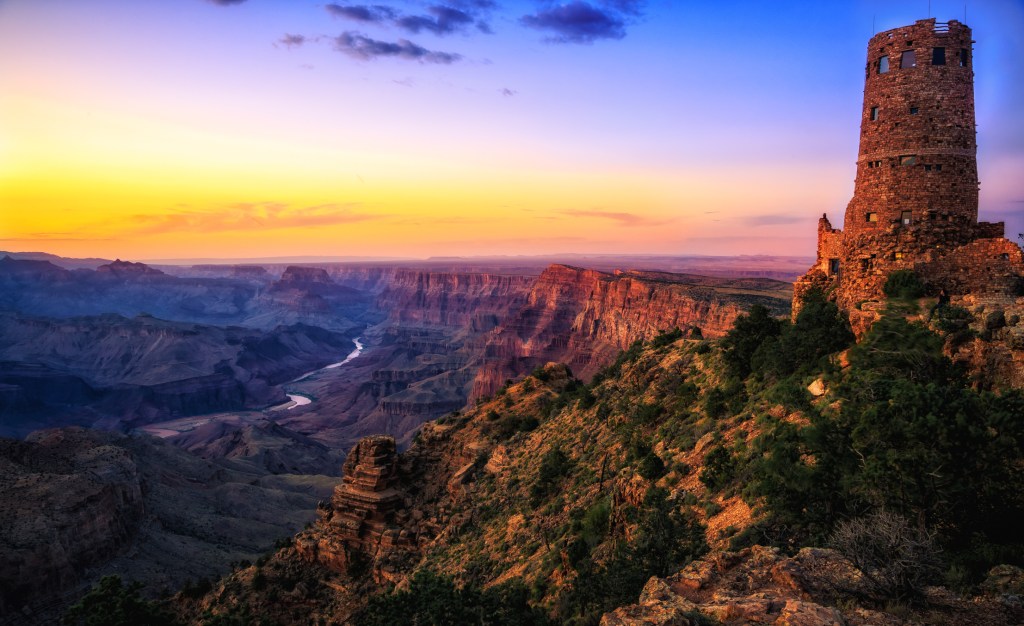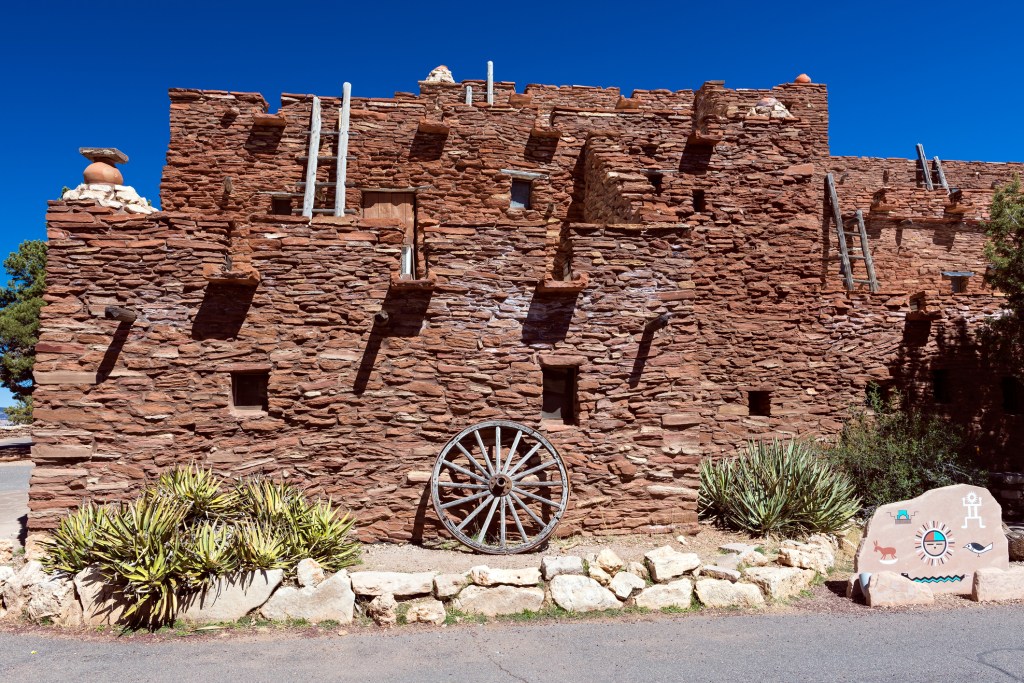Mary Colter: The Architect of Grand Canyon National Park
Grand Canyon National Park turns 100 this year—hooray! In celebration, we’re digging up some history on famed architect and certified trailblazer Mary Colter, the designer of many well-loved spots in the Southwest, including some of the Grand Canyon’s most iconic structures.
Get to know a little more about Colter, and find out where to experience the lasting imprint of her distinct, creative vision that shaped Grand Canyon National Park for good:
Mary Colter was born in Pennsylvania in 1869, grew up in Minnesota, and soon left home to become a designer and architect—an intrepid move on its own, as she was one of very few women in the profession at the time. Colter was greatly moved by American Indian cultures, particularly the Sioux in Minnesota, and she pioneered the architectural style we now associate with the Southwest: a blend of Spanish Colonial Revival, Mission Revival, and American Indian motifs.
During her nearly 40 years with the Santa Fe Railroad’s main concessionaire, the Fred Harvey Company, Colter built lodges, lookouts, galleries, and stores on the Grand Canyon’s South Rim. Many of them still stand today, now considered to be some of the finest architectural accomplishments in the entire national parks system. Combined with Harvey’s elegant designs, Colter’s interest in and understanding of Pueblo Indian architecture and culture helped her create meaningful structures that fit right in with the breathtaking canyon.

The Desert View Watchtower is perhaps the most mysterious and thrilling of Colter’s canyon creations: an artful homage to smaller Ancestral Puebloan-built towers—the purpose of which is unknown—found at Hovenweep National Monument and elsewhere in the Four Corners region. You reach the tower’s deck by climbing the twisting, steep steps winding around the open middle, past walls painted with visions of Hopi lore by Hopi artist Fred Kabotie. From the top of the watchtower, the South Rim’s highest viewpoint, the whole arid expanse opens up— even with the crowds, it can feel like standing at the edge of existence.
Arguably Colter’s greatest creation is the village’s central hub of activity, the rustic Bright Angel Lodge; she designed it in 1935 to replace the old Bright Angel Hotel, which was built in the 1890s. Originally meant to attract more middle-class tourists to the park, the lodge is still a romantic and comfortable place to stay, resembling a roughhewn hunting lodge. There’s a small museum with fascinating exhibits about Fred Harvey, Colter, and the early years of Southwestern tourism. You’ll see Colter’s “geologic fireplace,” a 10-foot-high recreation of the canyon’s varied strata with stones collected from the inner canyon by a geologist and then loaded on the backs of mules for the journey out. The fireplace’s strata appear exactly like those stacked throughout the canyon walls, equaling a couple of billion years of earth-building from bottom to rim.

A few steps from the front porch of El Tovar is the Hopi House, a unique gift shop and Native American arts museum designed by Colter in 1905 and built by Hopi workers using local materials. The Fred Harvey Company even hired the famous Hopi-Tewa potter Nampeyo to live here with her family while demonstrating her artistic talents and Hopi traditions to visitors.
Colter also designed the Lookout Studio west of the Bright Angel Lodge, a little stacked-stone watch house that almost seems like an extension of the rim itself. The stone patio that juts out over the canyon is a popular photo op. The Lookout was built in 1914 exactly for that purpose—to provide a comfortable but “natural” deck from which visitors could gaze at and photograph the canyon. It was fitted with high-powered telescopes and soon became one of the most popular snapshot scenes on the rim. As she did with her other buildings on the rim, Colter designed the Lookout to be an amalgam of Native American ruins and pioneer utilitarianism.
Finally, Phantom Ranch, designed in 1922, is a shady, peaceful collection of cabins that serves as the only noncamping accommodations inside the canyon. Part of the allure of Phantom Ranch is that it’s the only sign of civilization in a deep wilderness that can feel like the end of the world. It would be an inviting place even without the required 17-mile hike in from the North Rim, but to be honest, it’s all the better because of it.
Want to learn more about Mary Colter’s legacy and see her designs for yourself? Check out:
Trying to hit all the national parks? Check out:
By clicking ‘Sign Up,’ I acknowledge that I have read and agree to Hachette Book Group’s Privacy Policy and Terms of Use